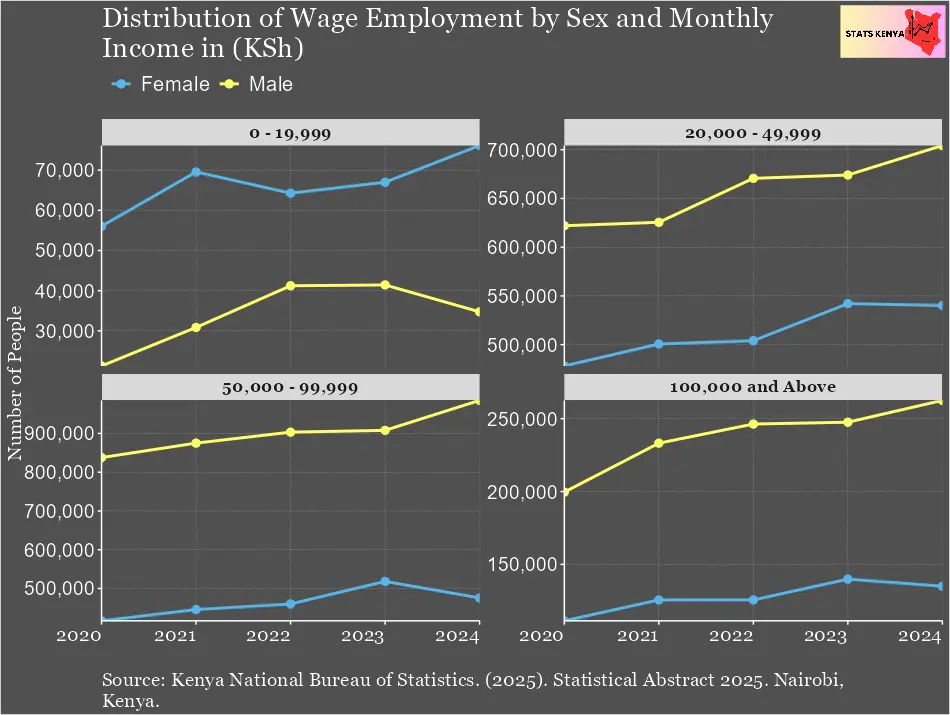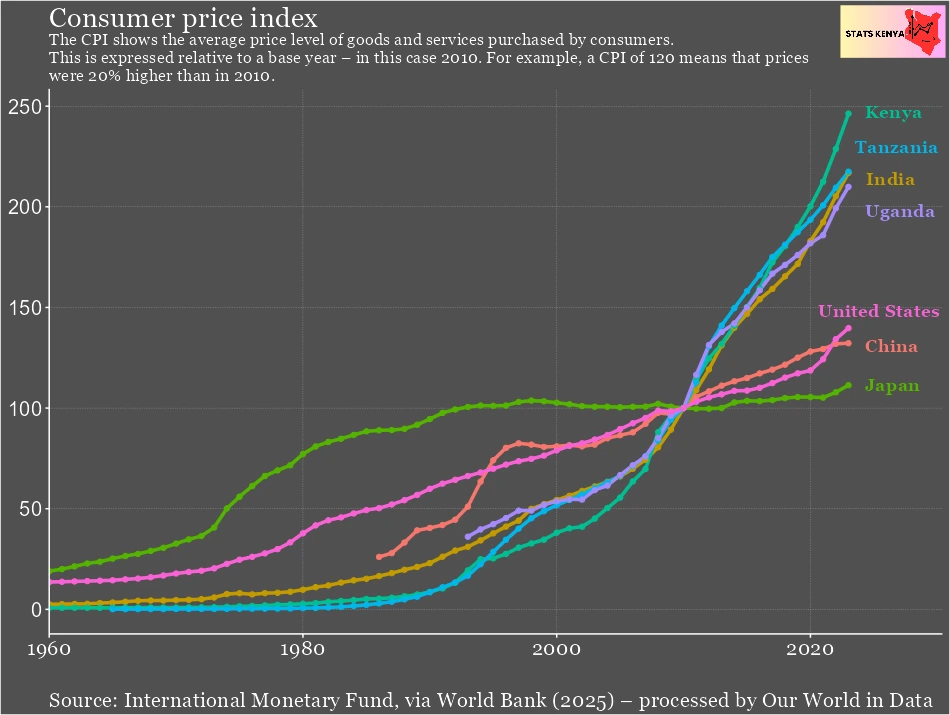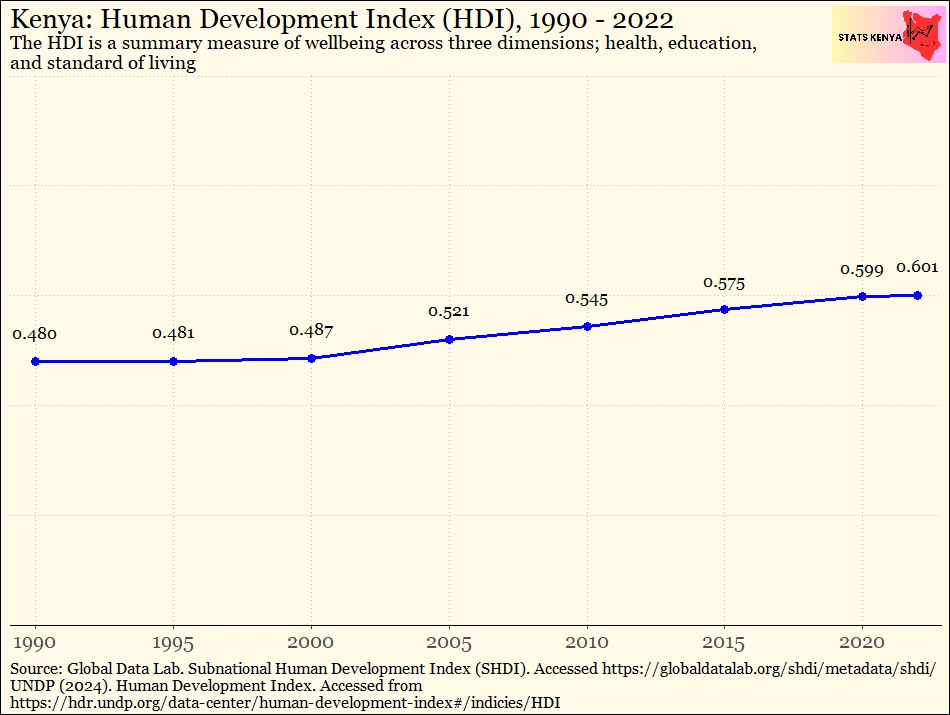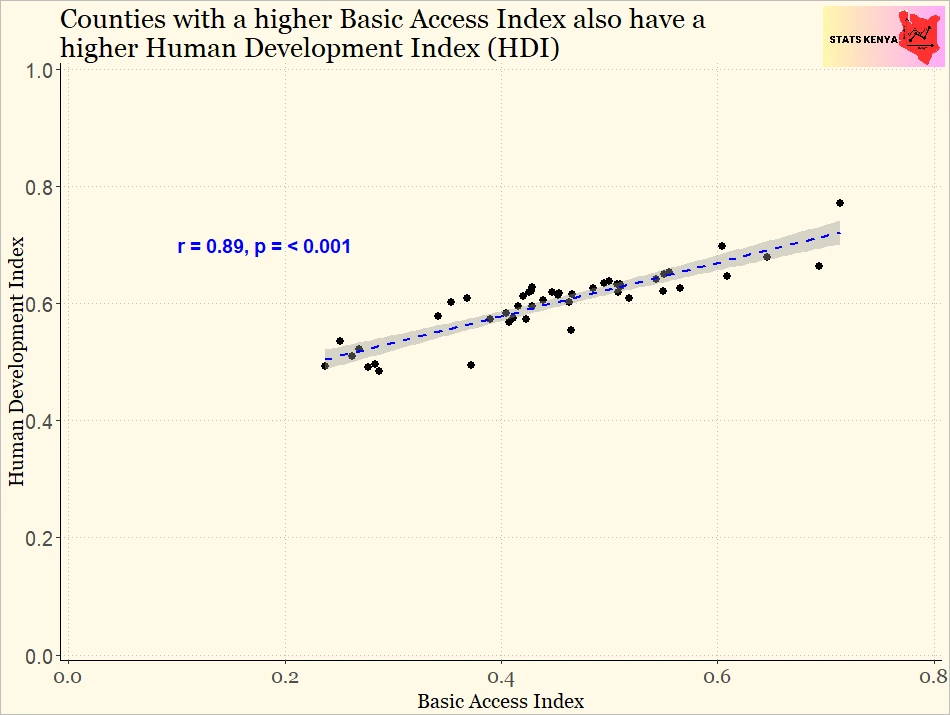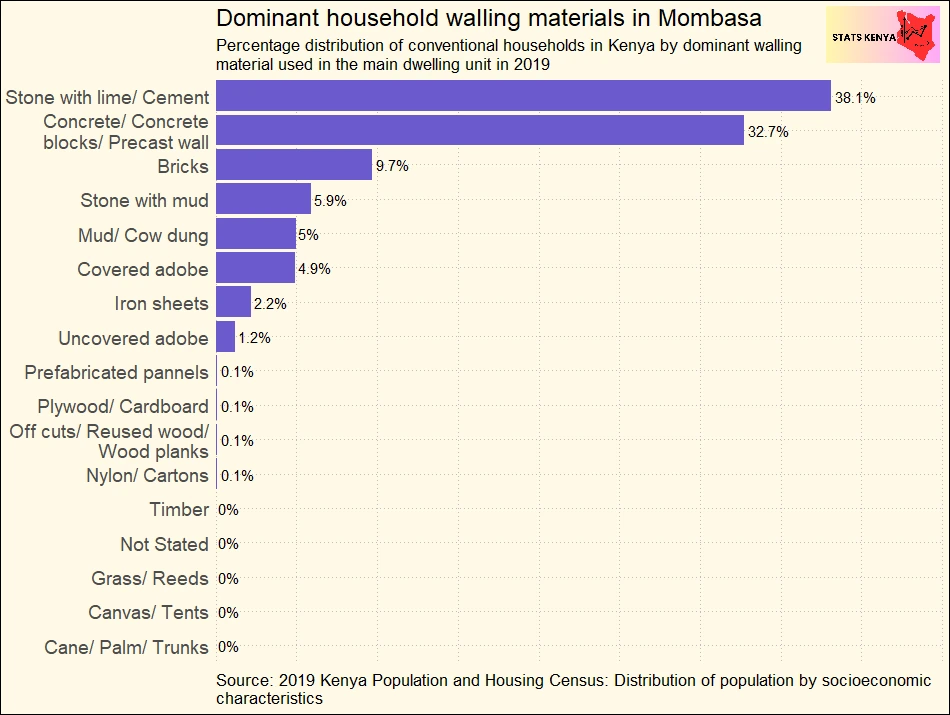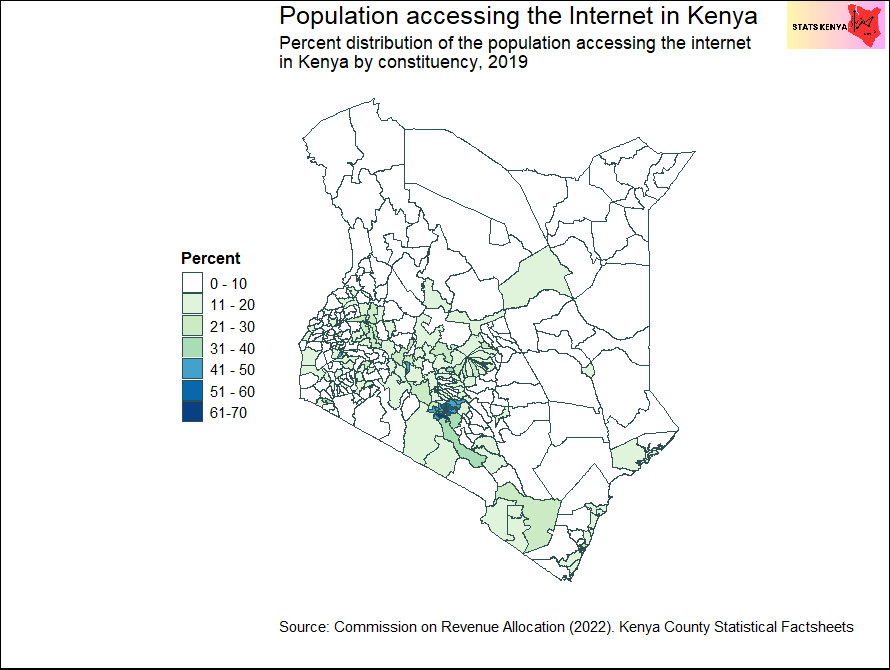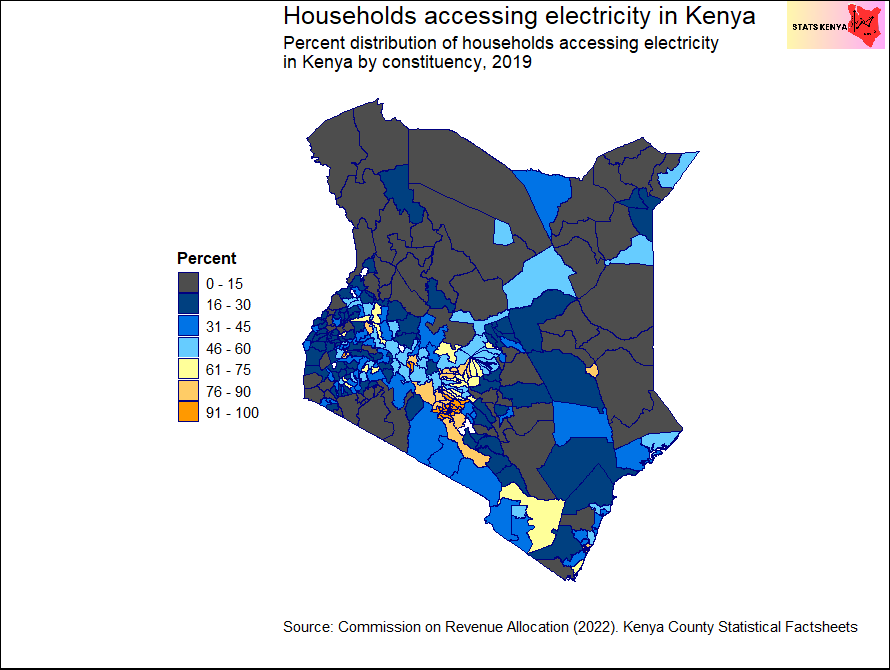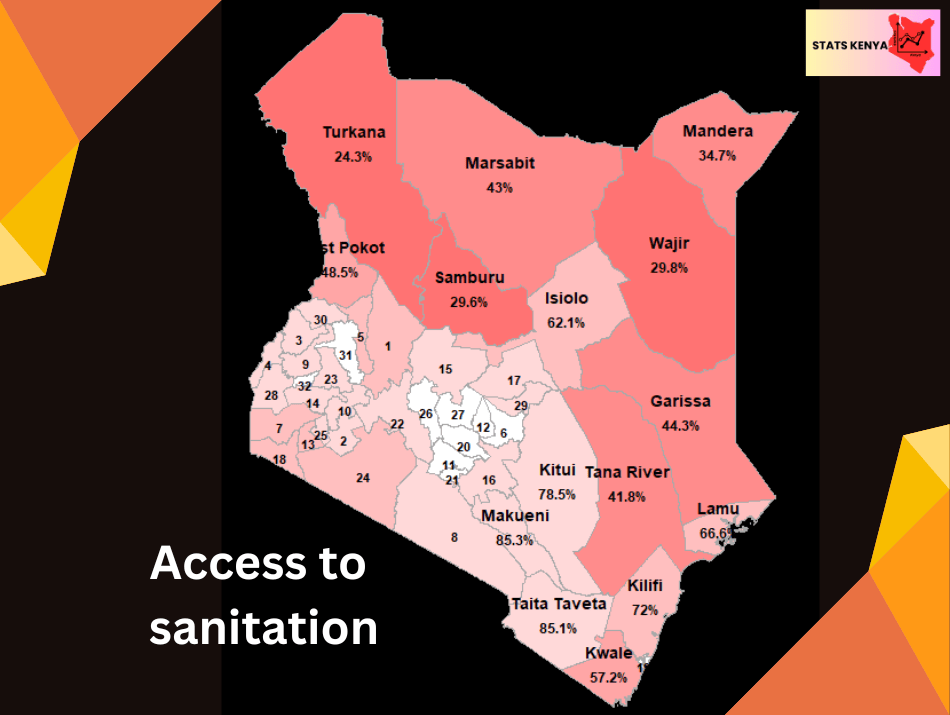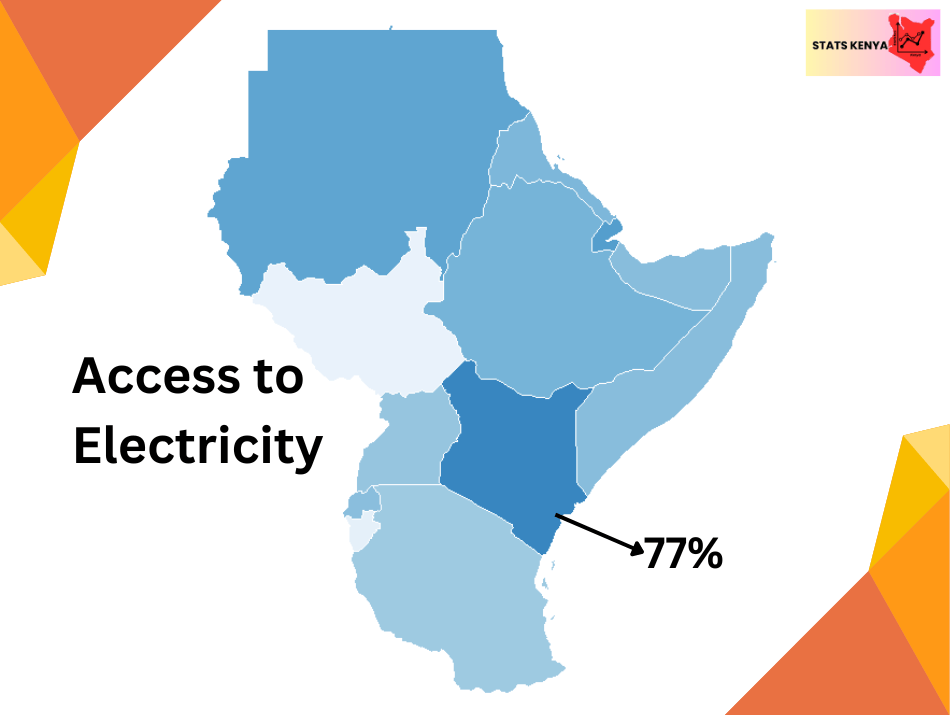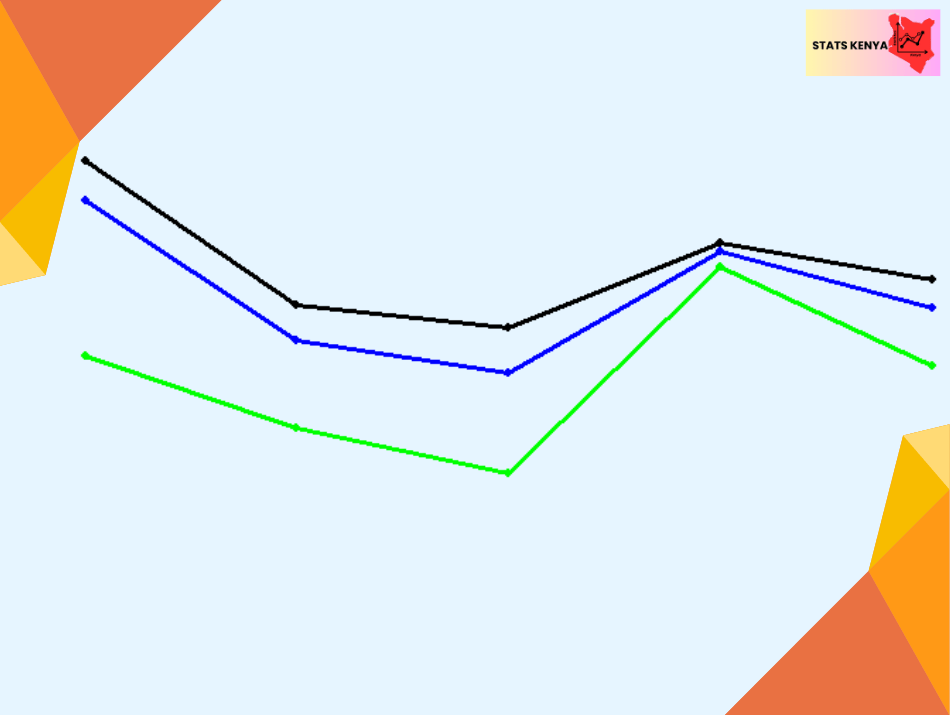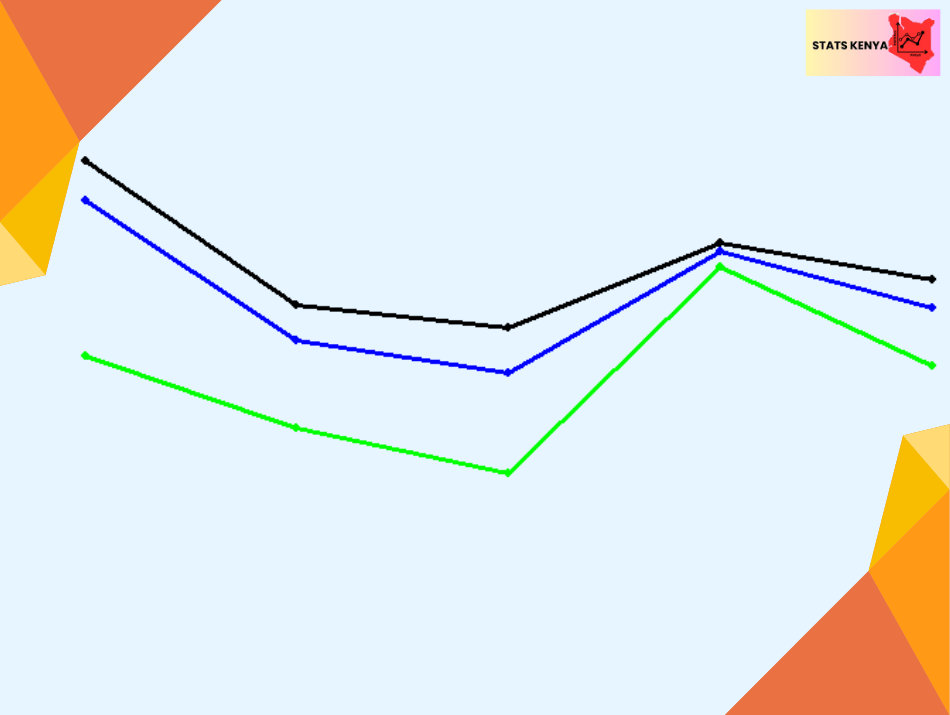Stats Kenya- Bringing Data to All Kenyans
Wealth and Economic Wellbeing
How Much Do Kenyans Earn? Kenyans in Wage Employment by Income
Kenya had a total working population of 19,999,387 people in 2022.[1] However, in 2024, only 3,213,821 people were in wage employment.
The Kenyan public sector employed 1,023,821 people, while the private sector employed 2,190,597 people. This article provides essential data ...
The Cost of Living in Kenya - Inflation Rates and CPI
The Consumer Price Index (CPI) shows how the prices of everyday goods and services are changing over time.
In every country, it is measured against a basket of goods that people in that country are likely to buy.
In Kenya, that ...
Kenya: Gross National Income per Capita - Kenya GNI
Gross National Income (GNI) is the GDP plus the net income from all sources earned by a country's residents and businesses, regardless of where the business or the resident is located.[1]
The GNI includes incomes that residents and businesses from ...
Human Development Index in Kenya – HDI by County
The Human Development Index (HDI) is a summary measure of wellbeing across countries. It incorporates three key dimensions of human life: knowledge, standards of living, and a long, healthy life.[1]
The Human Development Index measures a long, healthy life by ...
Best Counties in Kenya to Live in - Access to Infrastructure and Amenities
Which counties in Kenya offer the best quality of life? In this post, we examine several key indicators of wellbeing and rank them to find the countries with the best quality of life.
Our Basic Access Index ranges from zero to ...
Kenya Household Wall Types: Popular Walling Materials Across Counties
The type of construction materials used in the walling of a house is an essential indicator of housing quality in Kenya and a predictor of household socioeconomic status.
According to the Kenya Bureau of Statistics, the Consolidated Housing Quality Index (CHQI) ...
Population using the Internet in Kenya by Constituency - Stats Kenya
An internet user is a person who has used the internet at least once in the last three months from any location and using any device, including a computer, digital television, or mobile phone.
Quick Facts
In 2024, the percentage of the ...
Kenya: Access to Electricity by Constituency - Stats Kenya
Access to electricity is a household’s connectivity to sufficient electricity capable of providing a minimum amount of energy to power an essential bundle of services such as lighting several bulbs, charging a phone, and lighting a TV, radio, and fan.[1] ...
Access to Basic Sanitation Services in Kenya by County
Poor sanitation is one of the leading risk factors for death in Kenya, with 9,012 people estimated to die from unsafe water sources annually. Similarly, 7,588 die from unsafe sanitation, and 7,499 die from lack of access to safe handwashing ...
Population Access to Electricity in Kenya by County
Electricity access is a household's connectivity to sufficient electricity capable of providing a minimum amount of energy to power a basic bundle of services such as phone charging, lighting several bulbs, radio, TV, and fan.[1]
According to the World Energy ...
Rural Access Index in Kenya by County
The Rural Access Index (RAI) is the share of people living within two kilometres of an all-season road. It measures the accessibility of road networks to the populations living in rural areas.
The most recent estimates suggest that 70 per ...
Wealth and Economic Wellbeing in Kenya
Introduction
Experts develop tools and indices to measure wealth and economic wellbeing across regions, ensuring more adequate and accurate interventions for the poor. However, unlike in the developed world, where wealth is measured using income-based metrics, asset-based measures are preferred in ...
